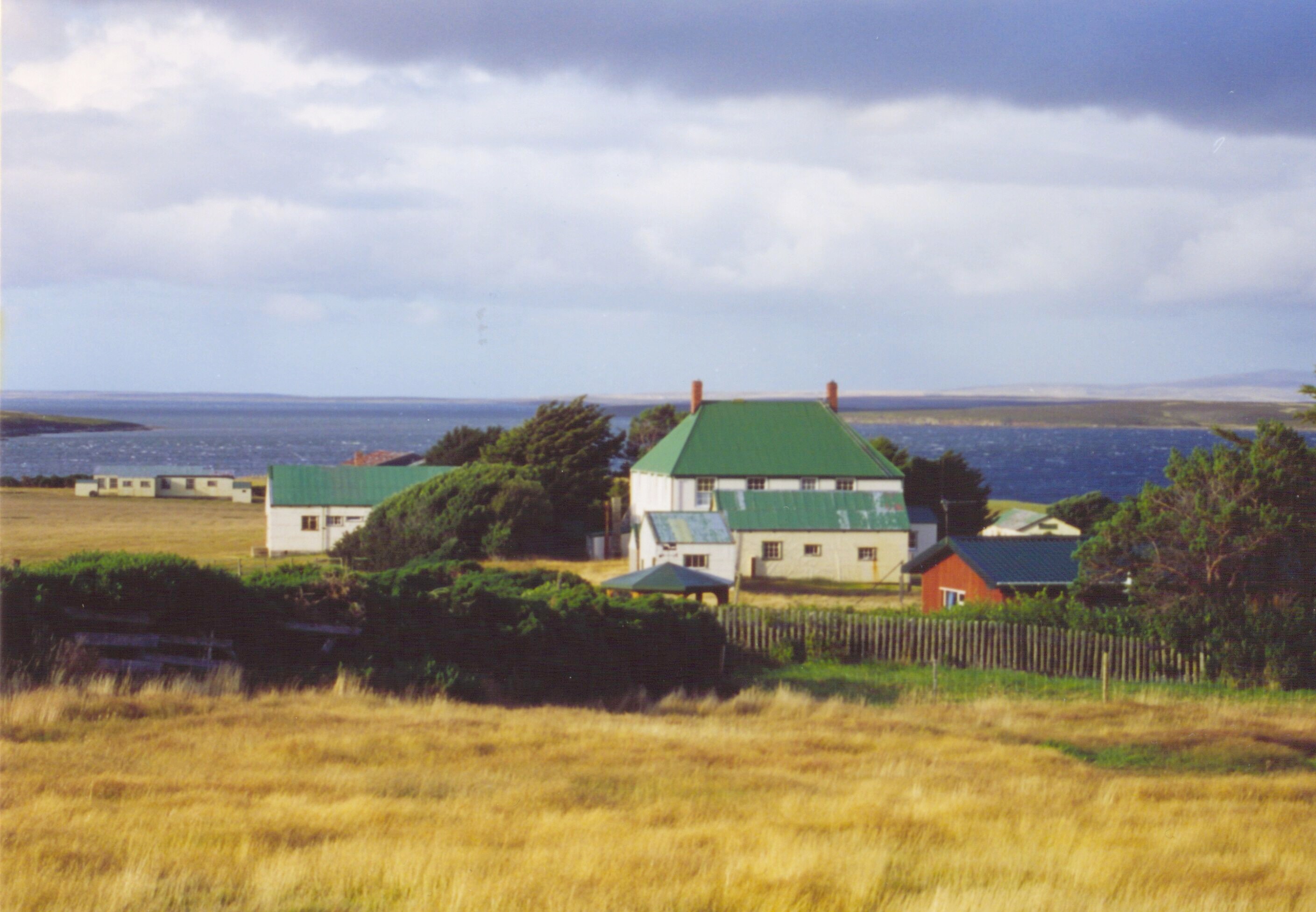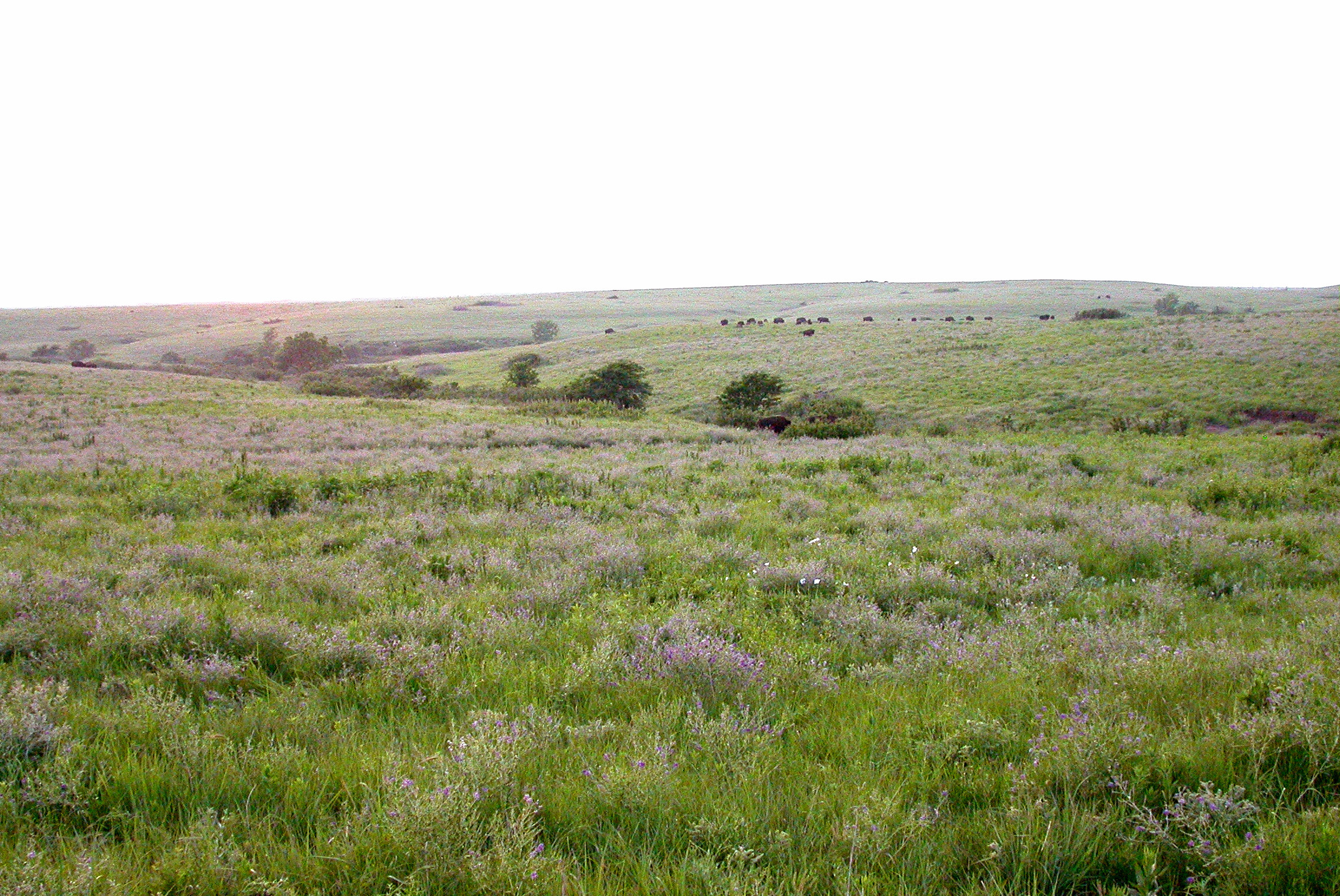|
Austrostipa Setacea
''Austrostipa setacea'', the corkscrew bamboo grass, is found in many areas of inland Australia. This bunchgrass may reach tall. Flowering may occur at any time of the year. This is one of the many plants first published by Robert Brown with the type known as "(J.D.) v.v." Appearing in his ''Prodromus Florae Novae Hollandiae et Insulae Van Diemen ''Prodromus Florae Novae Hollandiae et Insulae Van Diemen'' (Prodromus of the Flora of New Holland and Van Diemen's Land) is a flora of Australia written by botanist Robert Brown and published in 1810. Often referred to as ''Prodromus Flora Nova ...'' in 1810. The specific epithet ''setacea'' is derived from Latin, referring to the bristly leaves.Les Robinson – Field Guide to the Native Plants of Sydney, page 275 References External links setacea Bunchgrasses of Australasia Flora of Australia {{Pooideae-stub ... [...More Info...] [...Related Items...] OR: [Wikipedia] [Google] [Baidu] |
Australia
Australia, officially the Commonwealth of Australia, is a sovereign ''Sovereign'' is a title which can be applied to the highest leader in various categories. The word is borrowed from Old French , which is ultimately derived from the Latin , meaning 'above'. The roles of a sovereign vary from monarch, ruler or ... country comprising the mainland of the Australian continent, the island of Tasmania, and numerous smaller islands. With an area of , Australia is the largest country by area in Oceania and the world's sixth-largest country. Australia is the oldest, flattest, and driest inhabited continent, with the least fertile soils. It is a megadiverse country, and its size gives it a wide variety of landscapes and climates, with deserts in the centre, tropical Forests of Australia, rainforests in the north-east, and List of mountains in Australia, mountain ranges in the south-east. The ancestors of Aboriginal Australians began arriving from south east Asia approx ... [...More Info...] [...Related Items...] OR: [Wikipedia] [Google] [Baidu] |
Bunchgrass
Tussock grasses or bunch grasses are a group of grass species in the family Poaceae. They usually grow as singular plants in clumps, tufts, hummocks, or bunches, rather than forming a sod or lawn, in meadows, grasslands, and prairies. As perennial plants, most species live more than one season. Tussock grasses are often found as forage in pastures and ornamental grasses in gardens. Many species have long roots that may reach or more into the soil, which can aid slope stabilization, erosion control, and soil porosity for precipitation absorption. Also, their roots can reach moisture more deeply than other grasses and annual plants during seasonal or climatic droughts. The plants provide habitat and food for insects (including Lepidoptera), birds, small animals and larger herbivores, and support beneficial soil mycorrhiza. The leaves supply material, such as for basket weaving, for indigenous peoples and contemporary artists. Tussock and bunch grasses occur in almost any hab ... [...More Info...] [...Related Items...] OR: [Wikipedia] [Google] [Baidu] |
Robert Brown (Scottish Botanist From Montrose)
Robert Brown (21 December 1773 – 10 June 1858) was a Scottish botanist and paleobotanist who made important contributions to botany largely through his pioneering use of the microscope. His contributions include one of the earliest detailed descriptions of the cell nucleus and cytoplasmic streaming; the observation of Brownian motion; early work on plant pollination and fertilisation, including being the first to recognise the fundamental difference between gymnosperms and angiosperms; and some of the earliest studies in palynology. He also made numerous contributions to plant taxonomy, notably erecting a number of plant families that are still accepted today; and numerous Australian plant genera and species, the fruit of his exploration of that continent with Matthew Flinders. Early life Robert Brown was born in Montrose on 21 December 1773, in a house that existed on the site where Montrose Library currently stands. He was the son of James Brown, a minister in the Scott ... [...More Info...] [...Related Items...] OR: [Wikipedia] [Google] [Baidu] |
Type Species
In zoological nomenclature, a type species (''species typica'') is the species name with which the name of a genus or subgenus is considered to be permanently taxonomically associated, i.e., the species that contains the biological type specimen(s). Article 67.1 A similar concept is used for suprageneric groups and called a type genus. In botanical nomenclature, these terms have no formal standing under the code of nomenclature, but are sometimes borrowed from zoological nomenclature. In botany, the type of a genus name is a specimen (or, rarely, an illustration) which is also the type of a species name. The species name that has that type can also be referred to as the type of the genus name. Names of genus and family ranks, the various subdivisions of those ranks, and some higher-rank names based on genus names, have such types. [...More Info...] [...Related Items...] OR: [Wikipedia] [Google] [Baidu] |
Prodromus Florae Novae Hollandiae Et Insulae Van Diemen
''Prodromus Florae Novae Hollandiae et Insulae Van Diemen'' (Prodromus of the Flora of New Holland and Van Diemen's Land) is a flora of Australia written by botanist Robert Brown and published in 1810. Often referred to as ''Prodromus Flora Novae Hollandiae'', or by its standard botanical abbreviation ''Prodr. Fl. Nov. Holland.'', it was the first attempt at a survey of the Australian flora. It described over 2040 species, over half of which were published for the first time. Brown's ''Prodromus'' was originally published as Volume One, and following the ''Praemonenda'' (Preface), page numbering commences on page 145. Sales of the ''Prodromus'' were so poor, however, that Brown withdrew it from sale. Due to the commercial failure of the first volume, pages 1 to 144 were never issued, and Brown never produced the additional volumes that he had planned. In 1813, a book of illustrations for the ''Prodromus'' was published separately by Ferdinand Bauer Ferdinand Lucas Bauer (20 ... [...More Info...] [...Related Items...] OR: [Wikipedia] [Google] [Baidu] |
Austrostipa
''Austrostipa'' is a primarily Australian genus of plants in the grass family, commonly called speargrass. The genus includes species formerly included in the genus ''Stipa.'' All known species are native to Australia, most of them found nowhere else. One species ''(A. variabilis)'' is, however, found in South Africa as well as in Australia, and two species ''(A. setacea + A. stipoides)'' are native to Australia and New Zealand New Zealand ( mi, Aotearoa ) is an island country in the southwestern Pacific Ocean. It consists of two main landmasses—the North Island () and the South Island ()—and over 700 List of islands of New Zealand, smaller islands. It is the .... The group likely originated in Australia approximately 20 million years ago. ; Species References Bunchgrasses of Australasia Poaceae genera {{Pooideae-stub ... [...More Info...] [...Related Items...] OR: [Wikipedia] [Google] [Baidu] |
Bunchgrasses Of Australasia
Tussock grasses or bunch grasses are a group of grass species in the family Poaceae. They usually grow as singular plants in clumps, tufts, hummocks, or bunches, rather than forming a sod or lawn, in meadows, grasslands, and prairies. As perennial plants, most species live more than one season. Tussock grasses are often found as forage in pastures and ornamental grasses in gardens. Many species have long roots that may reach or more into the soil, which can aid slope stabilization, erosion control, and soil porosity for precipitation absorption. Also, their roots can reach moisture more deeply than other grasses and annual plants during seasonal or climatic droughts. The plants provide habitat and food for insects (including Lepidoptera), birds, small animals and larger herbivores, and support beneficial soil mycorrhiza. The leaves supply material, such as for basket weaving, for indigenous peoples and contemporary artists. Tussock and bunch grasses occur in almost any hab ... [...More Info...] [...Related Items...] OR: [Wikipedia] [Google] [Baidu] |

.jpg)
_(2).jpg)
